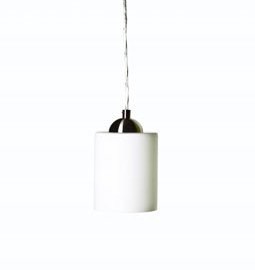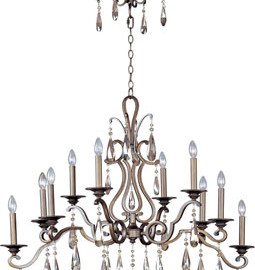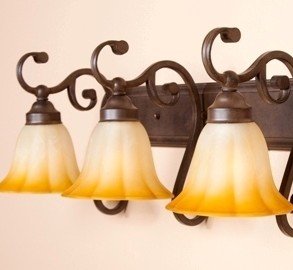
If you associate dingy, shared rooms with student housing, you’re probably not a Millennial. Contemporary campus housing isn’t merely a place to catch up on pillow time. Private bedrooms, stylish residence halls, and en suite bathrooms are quickly becoming the norm.
The New University Lifestyle
The University of Houston’s Calhoun Lofts have more in common with apartments than residence halls. Open plan kitchens, an in-house retail centre, and exercise rooms provide a plush standard of living. Florida’s Ivy House and Windsor Hall have sun decks and Jacuzzis. If that’s not luxurious enough for you, The Callaway House will do your cleaning for you while you pass the time in the attached theater room.
The Benefits of Competition
Good, old-fashioned capitalism is partially responsible for today’s lush campus lifestyle, but directors have also focused on building facilities that encourage learning. Internet connectivity and online distance studies via comprehensive online courses give students more freedom to grow than yesterday’s campuses could hope to offer.
University officials are more concerned with the social aspect of dormitories than you might imagine. A sense of community is critical to education, so luxurious amenities are used to inspire it. Entertainment areas are socially oriented, offering the same common sense motivation that’s behind corporate Googleplex-like facilities. By giving students an escape from their studies, they encourage hard work and creativity.
Style Matters
Today’s housing complexes could pass for Houzz featured homes, from their exquisite floor treatments to their layered lighting. The power of ambient LEDs and dimmed evening task lights encourage a sense of wellbeing and a good night’s sleep.
The décor world ended its obsession with aesthetics over function years ago. Form should follow function, and in student housing, that means bright eyes, clear minds, and active lifestyles. Student living has finally joined the 21st century.
Want to illuminate your dorm room? Visit Premier Lighting.






